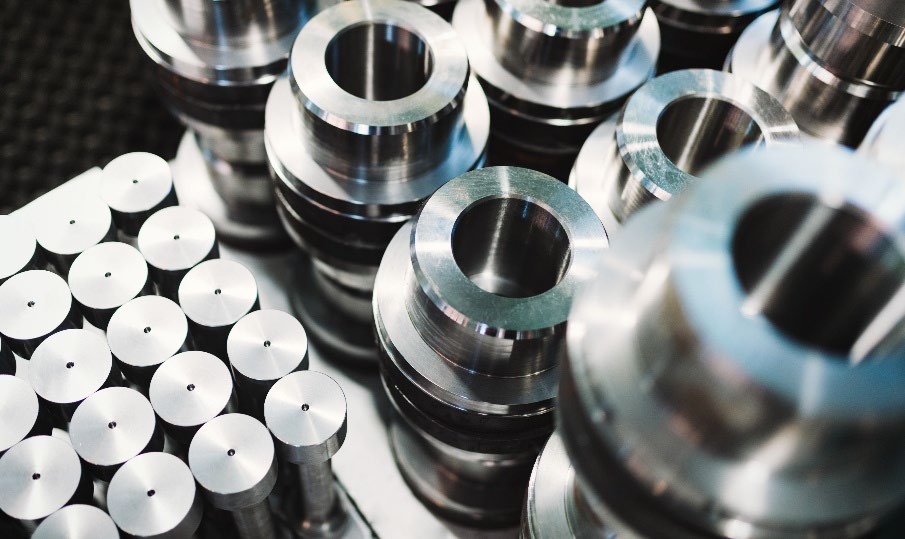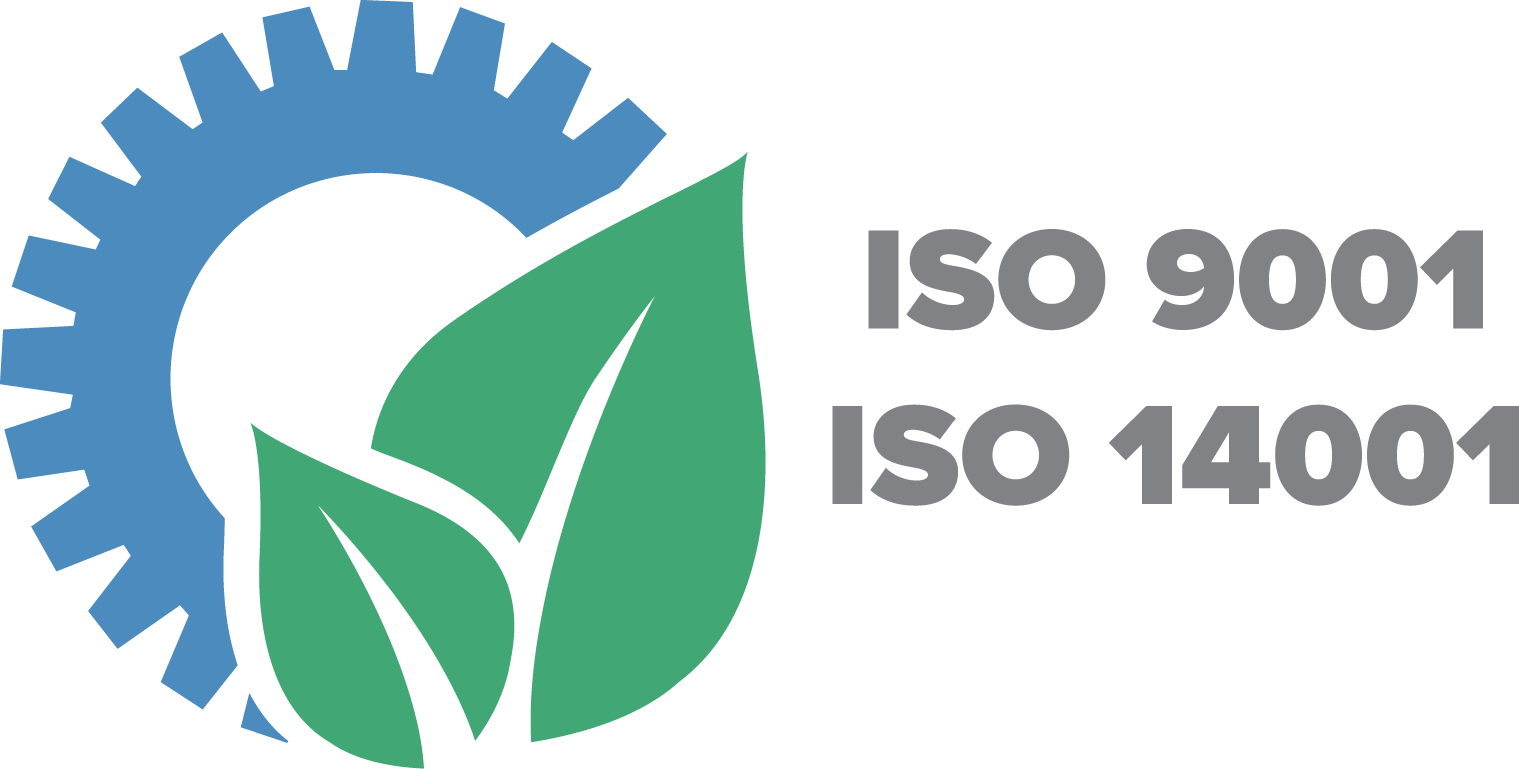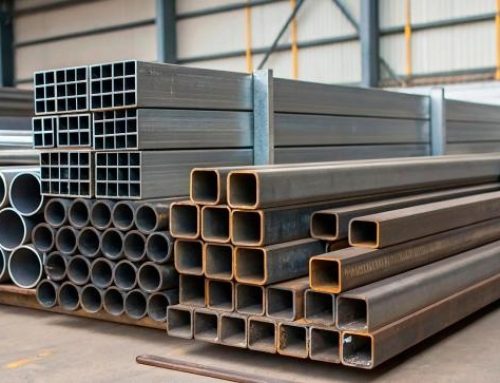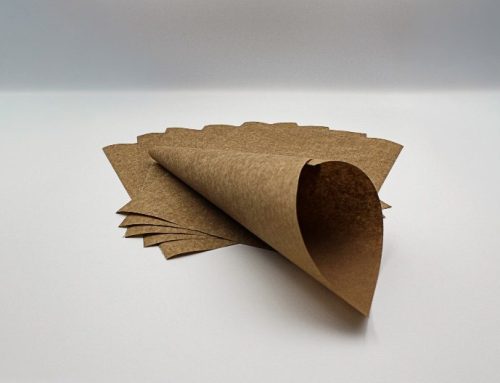Four Rust Prevention Tips to Optimize the WIP Cycle
May 13, 2024
Streamlining the WIP (work-in-progress) cycle to increase throughput is an important way to save time and money in the manufacturing process. One enemy is corrosion, which threatens to slow production and assembly of metal parts by requiring rework or relying on cumbersome rust prevention strategies. Cortec® is here to assist manufacturers with solutions to corrosion that optimize efficiency at each relevant stage in the WIP cycle.

Tip One: Add a Flash Rust Inhibitor to Cleaning Processes
Metal manufacturing includes many cleaning stages to avoid cross-contamination from process fluids or grime that has accumulated on the work surface. However, introducing moisture to a freshly honed surface is a perfect recipe for flash corrosion. Manufacturers can avoid this by using VpCI®-418 L in their parts washers and rinse stations. This non-foaming alkaline cleaner contains flash rust inhibitors that help protect the freshly cleaned surface at this vulnerable period.
Tip Two: Protect Parts in Waiting/Transition Stages
There are also many phases in the WIP cycle where metal parts sit unfinished or unassembled, awaiting further work or inspection. In some cases, parts undergo temperature changes as they pass from a warm part of the factory to a cooler one, or vice versa (e.g., going in and out of an air-conditioned QC department). If rust develops at these vulnerable periods, workers must spend extra time removing it, delaying other processes and sometimes reducing the value of the goods through metal loss. Preventing rust avoids this unnecessary bottleneck and can be easily accomplished by utilizing VpCI®-126 Film or CorShield® VpCI®-146 Paper in storage bins or totes. These products condition an enclosed package with corrosion inhibiting vapors that adsorb on metal surfaces and create a protective molecular layer until the package is opened, leaving metals clean and dry.
Tip Three: Choose Materials That Don’t Have to Be Cleaned Off
Historically, manufacturers have applied oil- and solvent-based rust preventatives where corrosion protection was needed. Since these contribute to a messy work environment and require an extra cleaning stage, a better option is to choose a corrosion inhibiting material that does not need to be cleaned off. VpCI® packaging is an excellent option where intermediate storage is concerned. As suggested, VpCI®-126 Bags can be used to line bins of parts, while CorShield® VpCI®-146 Paper is great for sandwiching between layers. BioPad® (a USDA Certified Biobased Product) is a very small piece of thin non-woven material with a high-concentration of Vapor phase Corrosion Inhibitors that can be added to VpCI® Bags for an extra fast boost of in-process corrosion protection. Some liquid rust preventatives such as the water-based VpCI®-377 are also easier to work with than greasy rust preventatives and may not need to be removed because they leave a thin dry film.
Tip Four: Arrange Material So It Is Easy to Apply
Once the manufacturer decides on the right material to use, they should arrange for easy application. Sometimes, the only reason parts on carts or in bins remain unprotected is because the packaging material is too difficult to put in place. One gear manufacturer addressed this problem by using CorrCap VpCI® Protective Covers, customized VpCI®-126 Bags with an elastic band for a shower-cap style finish that made the bags easy to slip on and off the racks. VpCI® Bags and Papers should also be placed nearby where they are easy to reach in forms that are easy to dispense. For example, CorShield® VpCI®-146 Paper comes in precut sheets as well as perforated rolls. These formats allow quicker application than if a worker had to grab a utility knife and cut each piece of paper off the roll before using it. Sometimes, factories can incorporate automation into their VpCI® packaging—especially prior to shipment. In one case, a brake rotor manufacturer who automated their packaging in 2020 started using a machine to unroll and cut paper. A robot would lay the CorShield® VpCI®-146 Paper down on a pallet and sandwich multiple layers of rotors between the pieces of paper. The final step was to automatically wrap the filled pallet in Cor-Pak® VpCI® Stretch Film before shipping it out.
Speed up Your WIP Cycle
There is no reason to slow down the WIP cycle by allowing rust to occur or by using a rust preventative that is not easy to work with. VpCI® packaging and dry film rust preventatives are a great way to increase throughput and reduce bottlenecks by speeding up the WIP cycle. Contact Cortec® for onsite help evaluating the use of rust preventatives to speed up your work-in-progress.
Keywords: rust prevention tips, optimize the WIP cycle, increase throughput, eliminate bottlenecks, VCI paper, VCI film, Vapor phase Corrosion Inhibitors, flash rust inhibitor for cleaning, solutions to corrosion, packaging solutions
Need a High-Resolution Photo? Please Visit: www.cortecadvertising.com
For a PDF version please click here.







